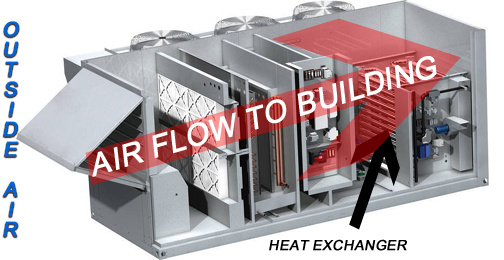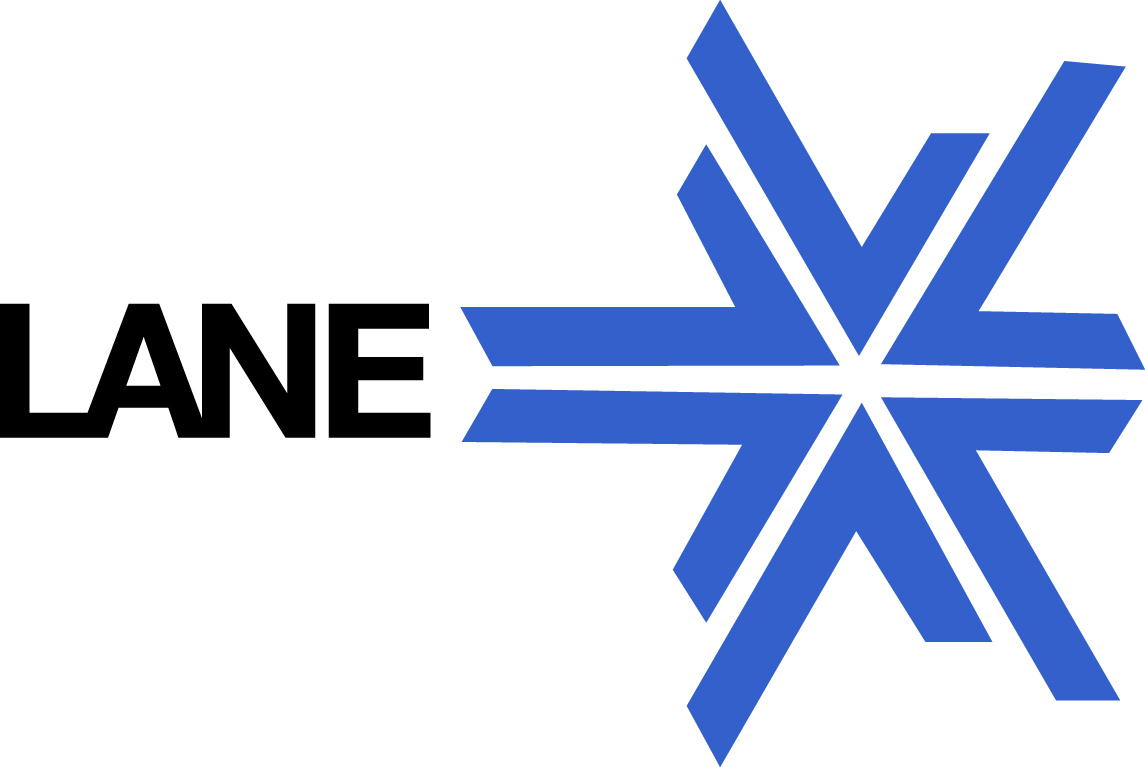Carbon Monoxide: an Odorless, Colorless, Tasteless, Toxic Gas
Heat Exchangers Explained 
With the heating season upon us, now is the ideal time to have a trained professional examine your Heat Exchangers. A Heat Exchanger does exactly what its name would suggest: it allows for the transfer of heat when fuel is burned inside of a heating unit. While the design of different heat exchangers vary, they all transfer heat to the supply air as it moves past the hot heat exchanger without letting any of the exhaust fumes mix with this supply air. This newly heated air is then distributed throughout the building’s space.
Potential Hazards
A very serious (and potentially deadly) problem can arise if a heat exchanger develops a crack. The leading cause of cracking is the normal, repetitive process of heating and cooling the metal heat exchanger. Over time, this stress on the metal can develop into cracks. Carbon Monoxide will leak through these cracks and into the supply air as it passes by to get warmed. This toxic gas would then be distributed throughout the building, instead of continuing through the heat exchanger and exhausted, as intended by design.

Safety & Risks
A regular visual inspection by a trained professional is the best way to identify a cracked heat exchanger. Air quality can also be verified with a Carbon Monoxide Tester, within the space, as a secondary means of checking CO levels after the visual inspection. And if a crack is found, the heat exchanger must be replaced in order to ensure the safety of building occupants. As shown by the chart to the left, Carbon Monoxide poisoning can happen quickly and has very dangerous effects on the human body. The CDC reports that an estimated 400+ Americans die each year from unintentional carbon monoxide poisoning and it causes another estimated 50,000 Americans to visit Emergency Rooms each year.
